The call comes in. People are drowning off the Maltese coast. The flight crew and rescue swimmers scramble to the helicopter pad and within minutes they are airborne, heading to the scene of the accident.
Only this time it is a drill, an exercise that is carried out on a regular basis until every action becomes second nature for the crew of the AW139 helicopter.
But it's not that simple. Behind this and every other flight, behind every rescue there is an intricate operation involving pilots, rescuers, technicians, engineers, ground crew and operations staff, all of which depend on constant training, personal development and investment.
The Malta Independent on Sunday was recently granted access to the Armed Forces of Malta's Air Wing to see what a day in the Unit entails and to meet up with the brave men and women who make up this elite unit.
We arrive during the morning fall-in parade. Not all AW members were there as its 120-personnel have been split up in two, 14-day shifts due to the COVID-19 pandemic.
Once the head count is completed, Major Jason Ebejer, makes sure that everyone was aware of the duties they have been assigned.
Next up, he holds the officers' daily briefing, attended by the heads of the different squadrons. He explains that the AW is made up of the Command Element, the Operational Squadron, which includes the air crew and rescuers, the Support Squadron, which includes the aircraft engineers and technicians, and the HQ squadron, which takes care of base maintenance.
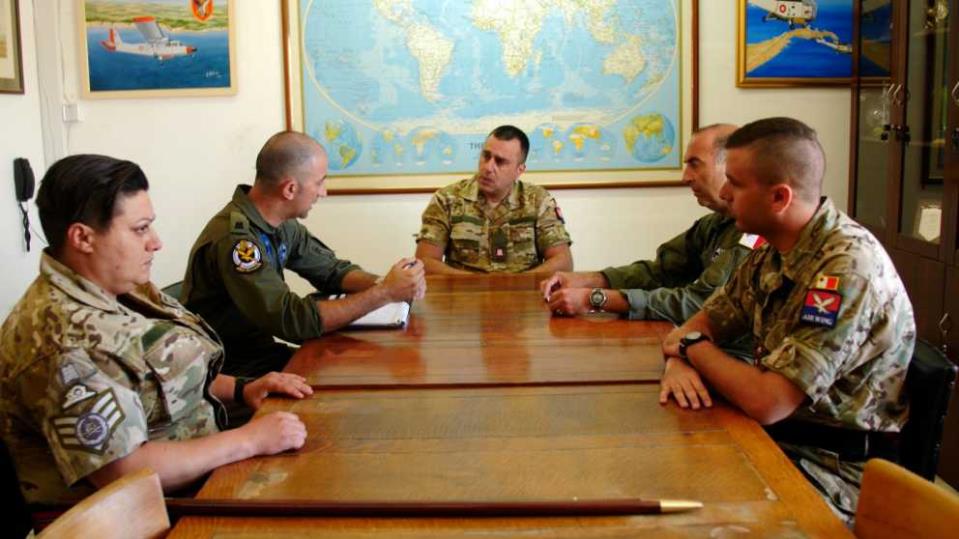
It is a short, no-nonsense meeting. Matters related to the fixed-wing aircraft and helicopters, ongoing training and maintenance and HR matters are discussed.
Training for the worst
In an open area close to the aircraft hangars, the rescue swimmers are performing their daily physical fitness exercises, coupled with aptitude training. The rescuers, in full gear, comprising orange jumpsuit, boots, harness, inflatable floatation device, helmet and comms equipment, are doing push-ups, sit-ups and sprints.
Major Ebejer's shrill voice cuts through the air. Two of the rescuers run up to him and continue doing squats in the sweltering heat, while the major gives them a hypothetical scenario.
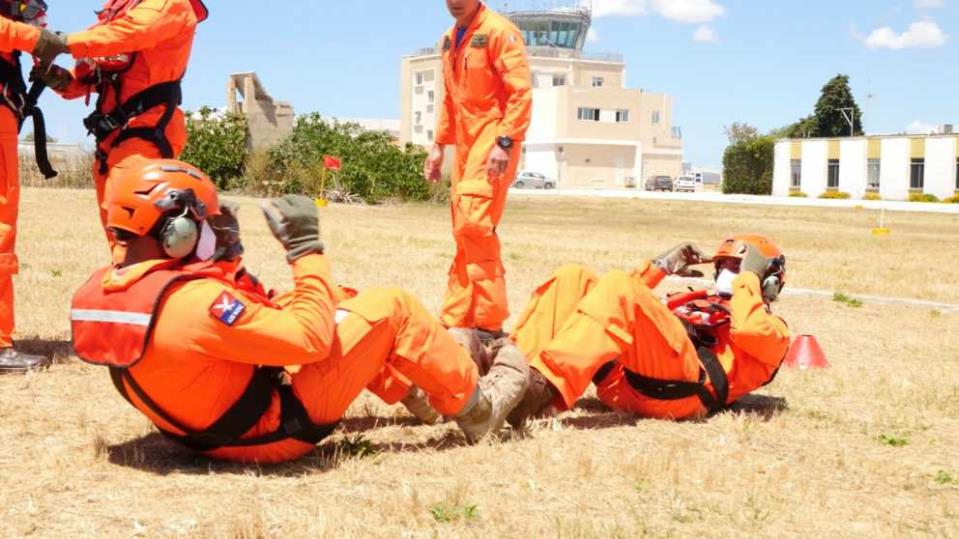
"You're on a rescue helicopter. There are three people in the water - a father, mother and an eight-year-old daughter. The mother seems to be managing, the girl is clinging to a life ring and the father is losing consciousness. How will you go about this," he asks one of the rescuers?
One of the rescuers, a gunner, sweating profusely while still doing squats, begins to explain how he would go about the rescue. "The father is the most at risk since he is losing consciousness and could slip under ..."
"The girl, what about the young girl?" the Major barks.
"The girl is not at immediate risk. We save the father first," the gunner replies.
The men are then dismissed and told they will be debriefed and told how they did later on.
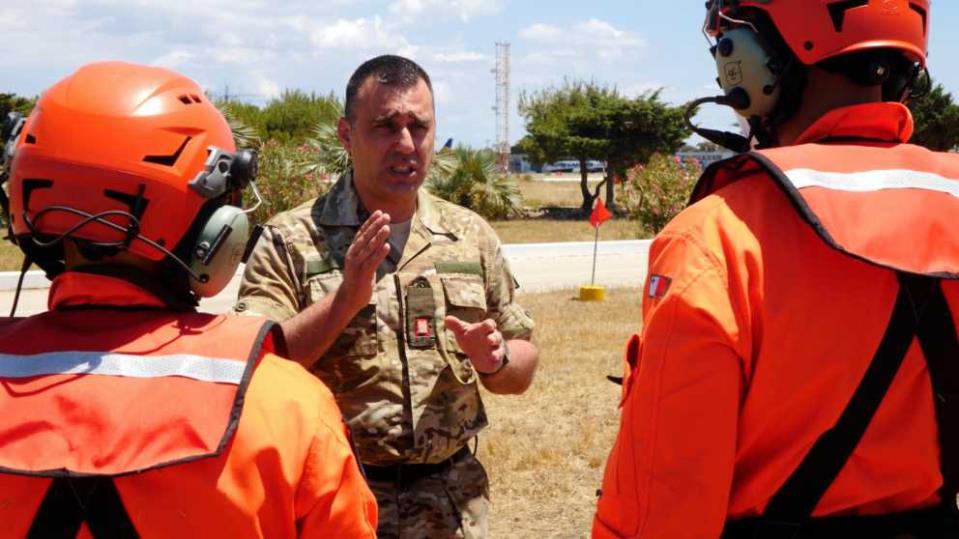
"This exercise is designed to train our rescuers to function under immense pressure and to make snap decisions. Keep in mind that they might go out there during a storm and that people in need of saving can sometimes panic and put the rescuer's life at risk. This is why our people need to be able to make the right decision, and fast," Major Ebejer explains.
"And they need to be in top physical condition too, because their job requires the best of the best."
'His leg was gone'
The man in charge of that task is Staff Sergeant Judas Dimech, who is in command of the Rescue Section. "They have to be able to make split-second decisions as speed can mean the difference between life and death for the person in danger. The rescuers might be tired and scared, but they need to be able to perform."
He explains further by recounting an unforgettable mission. "We responded to a call about a spear-diver who had been hit by a speedboat. We arrived on site and evaluated the situation. I jumped into the water and realised that the man had a leg missing. I was affected by the initial shock, but this is where training kicks in. With the help of a second rescuer we pulled him on board a dinghy, gave him first aid and we flew him to Mater Dei Hospital."
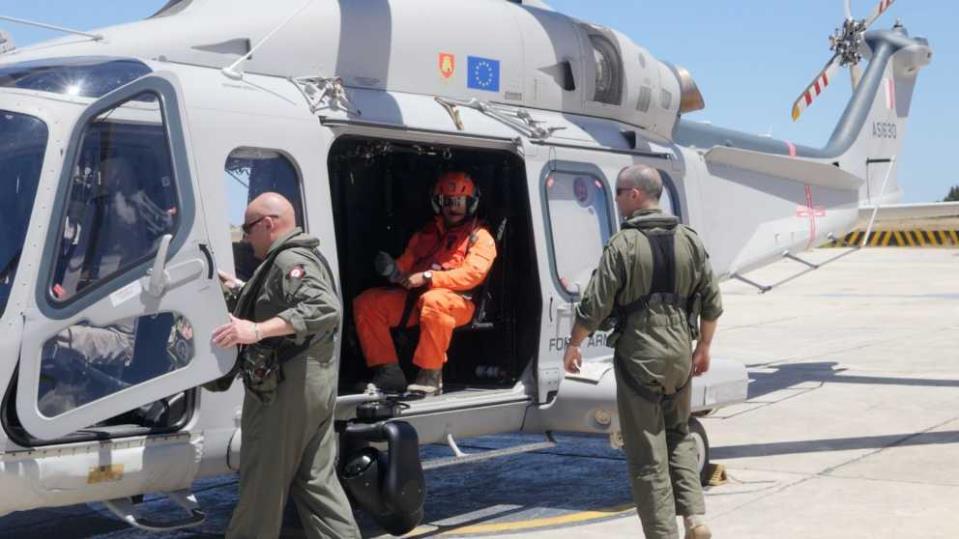
What happened next made this particular rescue one of Dimech's most memorable ones.
"We landed at the hospital and the ambulance came to pick up the casualty, but the man grabbed the airframe and would not let go. At first, I did not understand what he was doing. But then he took off his gloves and handed them to me. He was only wearing his wetsuit and gloves and the only way in which he could thank me was by giving me his gloves. He was in tremendous pain, yet he stopped for a couple of minutes so that he could repay me for saving him. I still have them to this very day."
Also overseeing the training exercise is Major Nicholas Grech, who is the Officer in Charge of the Operations Squadron and himself a helicopter pilot.
The squadron, he explains, is split into four sections; the plane and helicopter pilots, the aircrew and the rescuers.
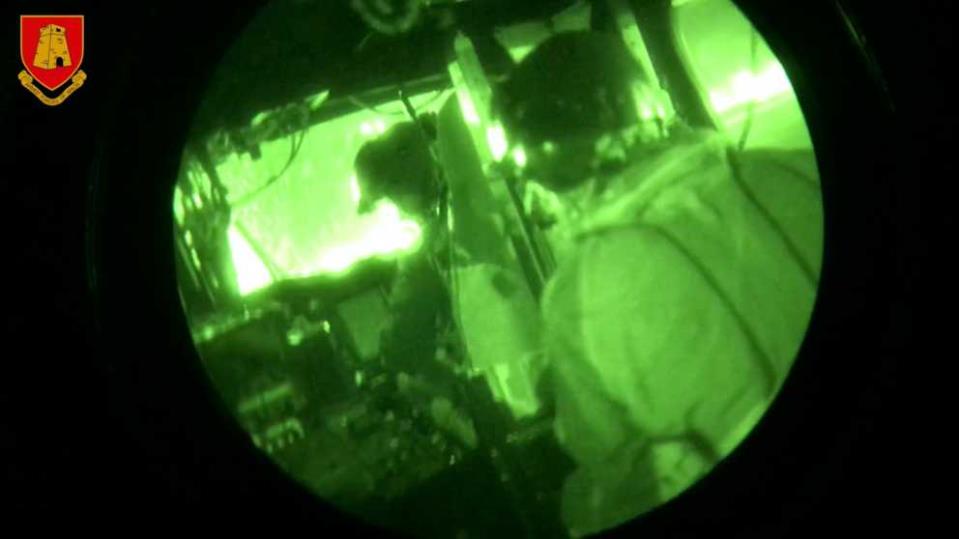
"We conduct various operations, such as Search and Rescue, Border Control, Surveillance and other military operations, such as supporting the Special Operations Unit," he explains.
Over the past few years, the AFM has acquired modern aircraft equipped with sophisticated technology, meaning that they can perform more complex missions, he continues.
"Recently, our pilots have become night vision certified, which means they can fly 24/7."
The imaging equipment, Major Grech explains, allows helicopter pilots to navigate during the night as if it was the middle of the day. This makes night flying safer.
'We got there just in time'
Captain Reuben Demicoli, another helicopter pilot, explains the advantages of flying with night vision goggles. He has 2,500 flying hours under his belt, half of them on real-life missions.
"One of my most challenging missions was in 2015, when a ship had slipped its anchor during rough weather and was drifting with the waves. This was in December, during the night. It was a moonless night and there was a thunderstorm and Force 7 winds. There were a lot of metal cables on deck and it was very dangerous to send a rescuer down. Because of this, we decided to head back to base. It was a very difficult decision leaving the ship's crew behind. We had to wait until sunrise, when conditions had improved and daylight made the mission easier."
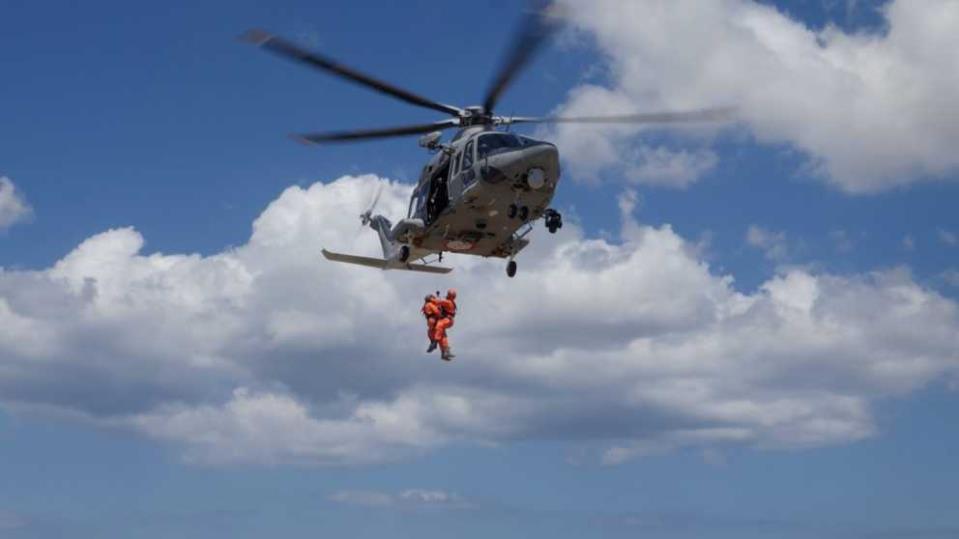
The introduction of night vision equipment has been a game changer, he explains. "If we had this equipment back then, we would have done things differently."
He recounts another experience, when a drunken Spanish tourist was carried away by the waves. "It was difficult to locate him. We finally found him and the rescuer, who was very experienced, decided to jump into the sea to get him. The tourist was just about to slip under. We got there just in time."
Captain Rene Bezzina, a fixed wing aircraft pilot, explains that the acquisition of the Beechcraft King Air B200s has been a "game-changer" for the AFM. It has a much longer range and more sophisticated equipment than the Britten-Norman Islanders, which are still used on less demanding missions.
"Over the past six years, the AFM has invested heavily both in equipment and training. This includes regular training, including on simulators abroad. Pilots also train to fly at night and practise dinghy drops."
Six people are currently undergoing training to become fixed-wing pilots, he adds.
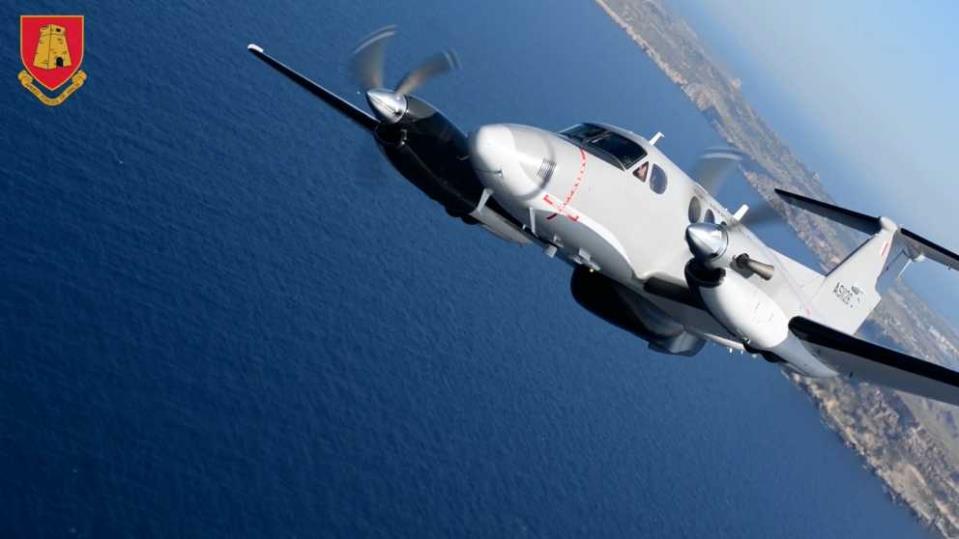
Captain Bezzina, who says becoming a pilot was a childhood dream, says missions are both challenging and interesting.
He recounts a particular mission, a few years back, when a Maltese fisherman had become lost outside territorial waters.
"We had been looking for him for an entire day and I was tasked with flying at night, during unfavourable conditions. After several hours we located the boat and directed a rescue helicopter to the scene. It was a great feeling of satisfaction having helped saved someone's life."
Keeping the fleet airworthy
Behind the air operations there is an army of technical personnel whose duty is to keep the planes and helicopters ready to go at a minute's notice. Half of the Air Wing is made up of the Support Squadron, headed by Major Ivan Marmara.
The squadron, he explains, is split up into five sections - HQ squadron, the Avionics Section (which takes care of all onboard electronics), the Technicians Section (for both helicopters and planes), the Documentation Office (which records every maintenance on the aircraft) and the Ground Crew Section (which prepares the aircraft for missions).
All technicians have civilian licences, Major Marmara explains. "The AFM has an agreement with MCAST and our personnel are incentivised to obtain CAT B and CAT A licences for aircraft maintenance. This was required because of the newer and more complex aircraft acquired over recent years. Those who obtain such qualifications can have their promotions accelerated."
The section also maintains the hangars. The AW will be building a new and bigger hangar, which will also include quarters for the operational detachment. This means that the pilots and crew will be closer to the runway, reducing the time it takes to get airborne. This will make a big difference since every minute can make a difference when someone is in danger.
Investing in people
Bombardier Brady Xuereb, an avionics technician, explains how he obtained his licences at MCAST. He also attended training courses in Italy, where he specialised on the AW139 and the B200.
His primary role is to keep the aircraft airworthy when it comes to avionics. "Like modern cars, modern planes have a lot of electronic equipment and complex systems," he explains.
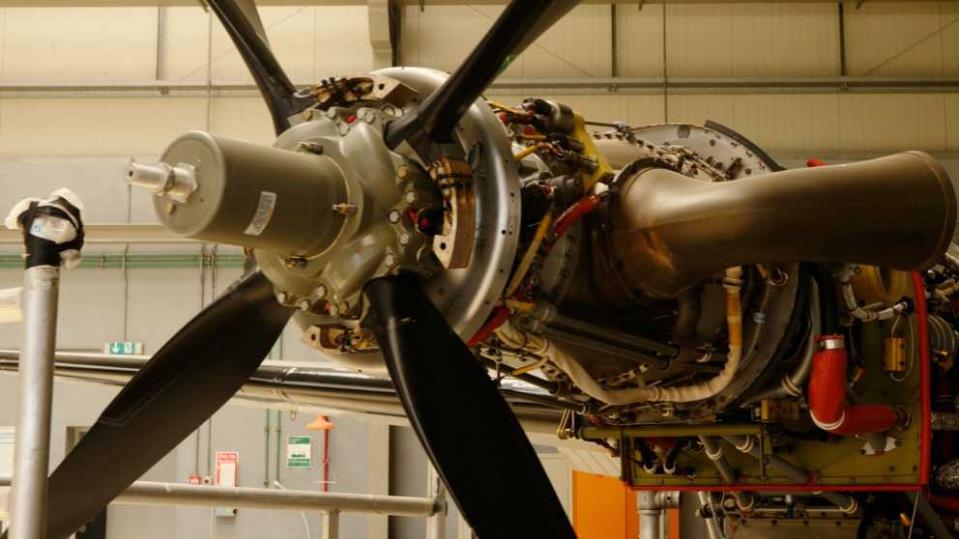
Gunner Lisa Micallef tells us that the army offers equal opportunities to all. "I always wanted to work with the Air Wing but I was too shy to speak up. One day, I had the chance to speak with the AFM Commander and he encouraged me to attend an aircraft technicians' course, which I am currently doing."
Captain Charlo Attard, the chief Engineering officer, explained how the investment the army makes in its personnel helped him climb the ranks. "I joined as a regular soldier in 2000. I started as a ground crewman but slowly progressed and trained. In fact, I was the first AFM MCAST student. The courses I did helped me progress in my career and I now hold the rank of Captain."
After observing a helicopter rescue simulation, we move to the command building. We are greeted by Staff Sergeant Lyndsay Shead, who is the Air Wing's Sergeant Major.
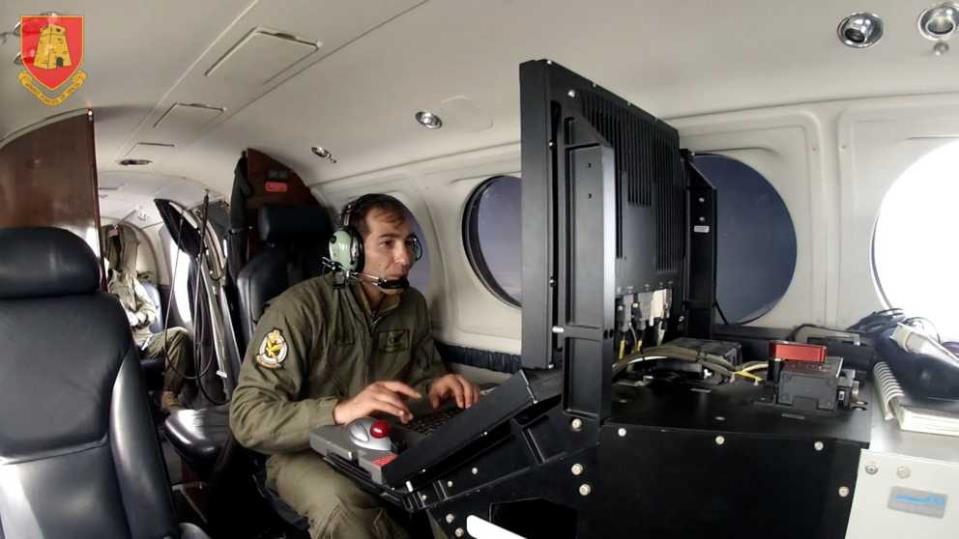
She is the most senior non-commissioned officer in the Air Wing. Her duties include discipline, HR and welfare.
The Sergeant Major explains that her duties include keeping morale up while keeping the soldiers and airmen in check, something which she says is "not easy".
"There can be valid reasons why they act in the way they do, but action has to be taken if military rules are breached. But it is also my role to advise them on how to do things properly. Some of them might be going through a difficult time in their personal life and it is our job to see how we can help them through it."
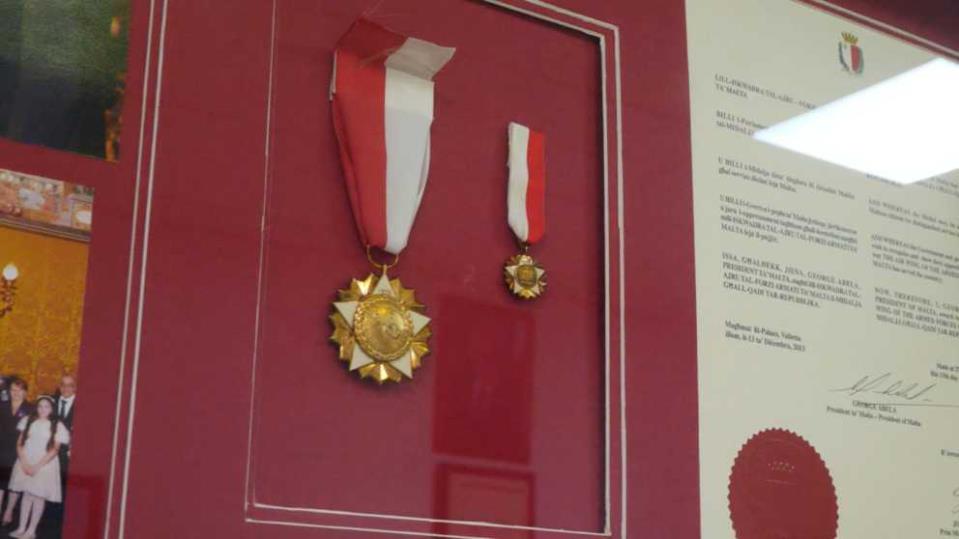
She then proudly points to the Midalja ghall-Qadi tar-Repubblika, which is framed in the building lobby. The Republic Day honour was bestowed upon the Air Wing in 2013.
"It is something the Unit is very proud of," the Sergeant Major says.
Serving in an operational unit 'not easy'
We end the day in Major Ebejer's office for a quick chat. We ask him what the AW's future challenges are.
"We have reached very high levels and I consider the Unit to be second to none. We have the best equipment and highly trained personnel. This is not enough. Many times, the mistake is that we reach a certain level and rest on our laurels. We need to sustain this level and we can do this by further investment and training."
He says the army needs to avoid a "brain drain". Many AW personnel are highly qualified people, he says, adding that the same jobs in the private sector pay much more.
The army's top brass, he continues, is currently discussing the issue of salary revisions.
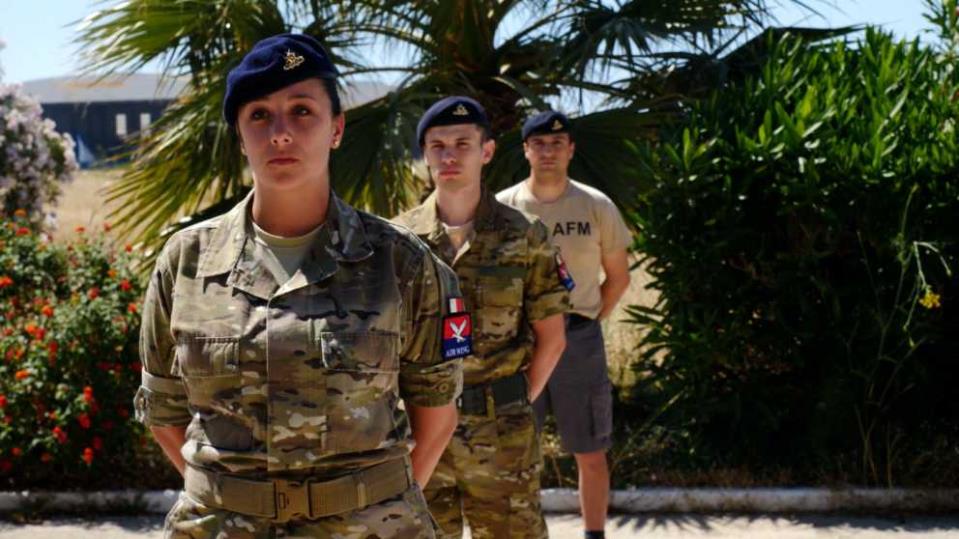
So, what is his advice to anyone thinking of joining the AFM?
"This is something I often discuss with my son. Being part of a disciplined force is not easy, especially working in an operational unit. It requires great sacrifice. Who knows how many times I was hosting people for a barbeque and had to leave suddenly to report for work?
"I would be lying if I said that I do not wish I was somewhere else sometimes, but looking at all the photos in this office, all these experiences, makes it worth it," he says, pointing to the snaps of his time in various units, his degree and his Sandhurst sword.
"I joined as a gunner, without a single O-level and today I hold the rank of Major and I'm the second in command of this Unit. I am convinced that there is no other job that can give you the same level of satisfaction as going out there and saving a life, giving these people the chance to get back to their loved ones and the opportunity to serve abroad and represent your country. If I had to do it again I would. If you are a determined person and want to succeed, and want to serve your country, you will not regret it."
Photos and video: Alenka Falzon/AFM